I lay on my yoga mat watching the sun rise over the water, humming along to Fleetwood Mac, oblivious to everything except the colourful horizon. A voice started to filter through my music. Someone was making an announcement on the PA system.
‘Good morning everyone, if you’d like to come to the bow we have some orcas in front of the boat’
I have never moved so fast in my life. I rolled to my side and screamed ‘DID HE SAY ORCAS?’ to Mae, who was already rolling up her yoga mat. My moment of serenity was shattered in the best way possible.
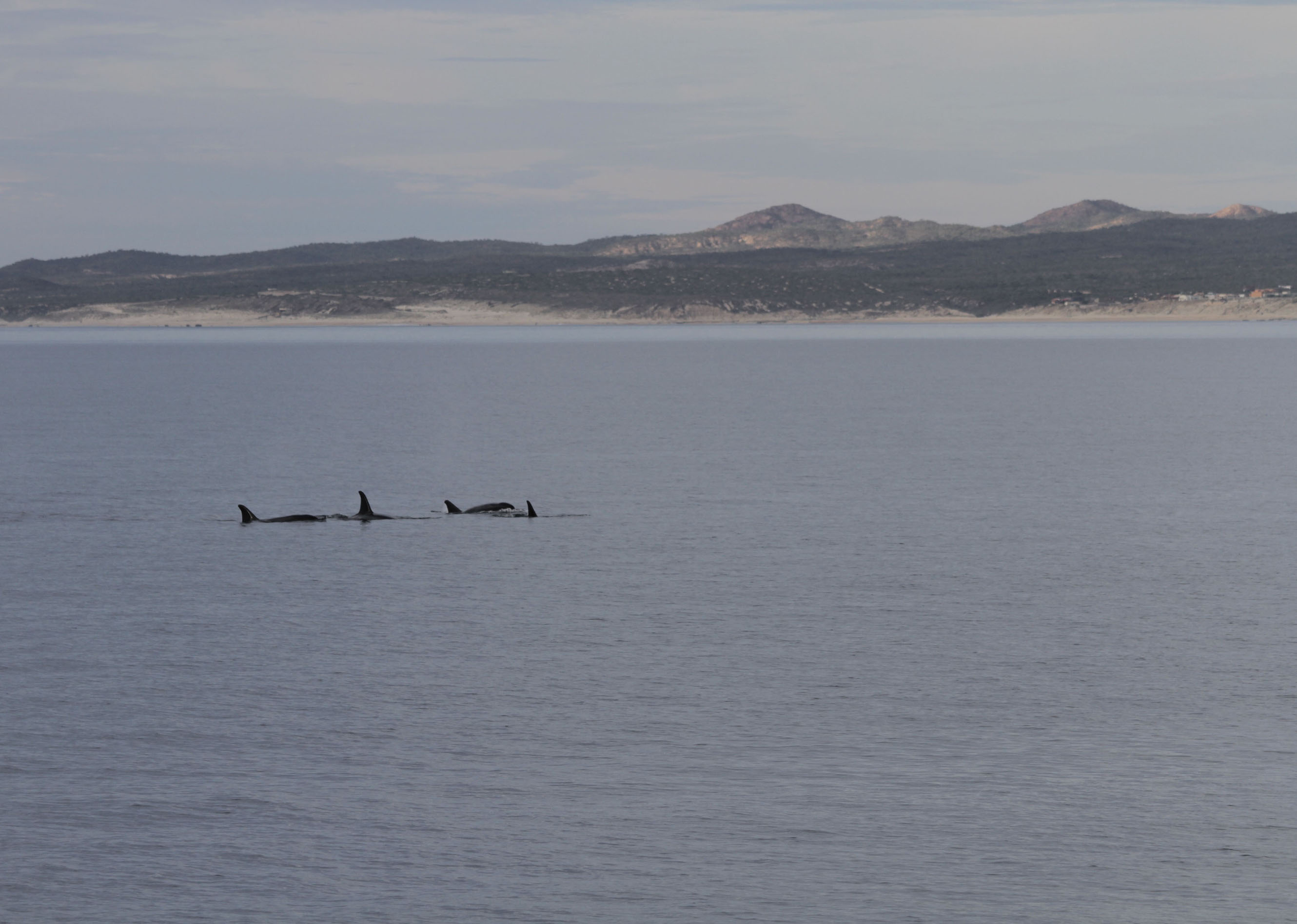
Photo by Melinda Brown
This was only just the beginning of what is easily one of the best weeks of my life.
Mae, the 2017 OWUSS European Rolex Scholar, and I joined the Lindblad team on board the National Geographic Sea Lion to explore the Sea of Cortez that surrounds the Baja Peninsula. This area is truly a shimmering treasure chest of marine life. Dolphins flit in and out of the bow waves, whales freckle the horizon with their blows and flukes, and sea lions dash around the boat when you least expect them to. Everywhere you look there is life bursting from the ocean.
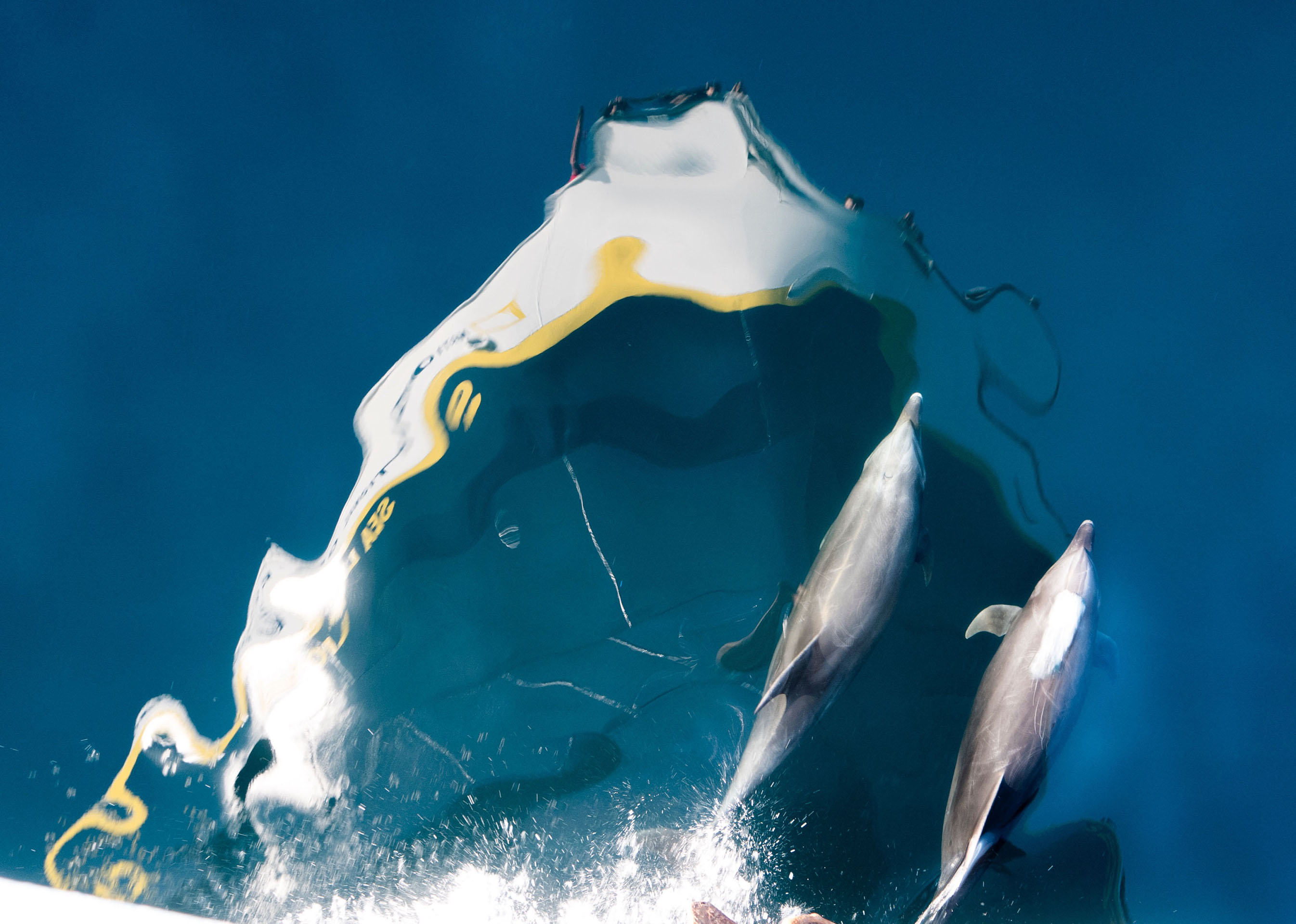
Photo by Melinda Brown
For me, this trip was a dream come true. ‘Among the Great Whales’ read my itinerary. It was finally happening. Prior to the scholarship I had been saving my money for many years to try to get myself to Baja California Sur to see the mysterious Gray whales. I have read every book I could get my hands on about the phenomenon that occurs in these lagoons. The whales here have a long and complicated history, one fraught with tragedy and success, slaughter and survival. These animals have a culture that was nearly destroyed by us humans during the whaling period, and I will forever be grateful for the opportunity to experience them for myself.
However, the whales were the grand finale of this trip. So I will start from the beginning.
We boarded our beautiful vessel in La Paz, and went straight out to sea. It was late in the afternoon, and we watched the sun set from the bow. The tension in the air was palpable as we all gathered before dinner to have a briefing of what was to occur tomorrow. The National Geographic Sea Lion is a beautiful ship, and everyone settled in straight away to our new home.
Mae and I woke up early on our first morning of the boat in an attempt to establish an exercise routine whilst we were aboard. We wandered up to the top deck to do some yoga, however our stretching didn’t last very long as a pod of dolphins quickly joined the boat and began to surf the bow waves. Obviously we had to abandon any attempt at exercise because dolphins are much more important. That first day set the tone for the rest of the trip. We would awake early, look outside and see the familiar blow of a cetacean, and scream ‘DOLPHINS’ loud enough to wake everyone on our side of the boat, then forget about yoga. We spent our first few days cruising around the Baja peninsula, and I can confidently say I’ve never seen anything as beautiful as Baja. Huge stony mountains rose along the coastline dotted with ancient cacti as tall as houses. It was a landscape completely unfamiliar to me.
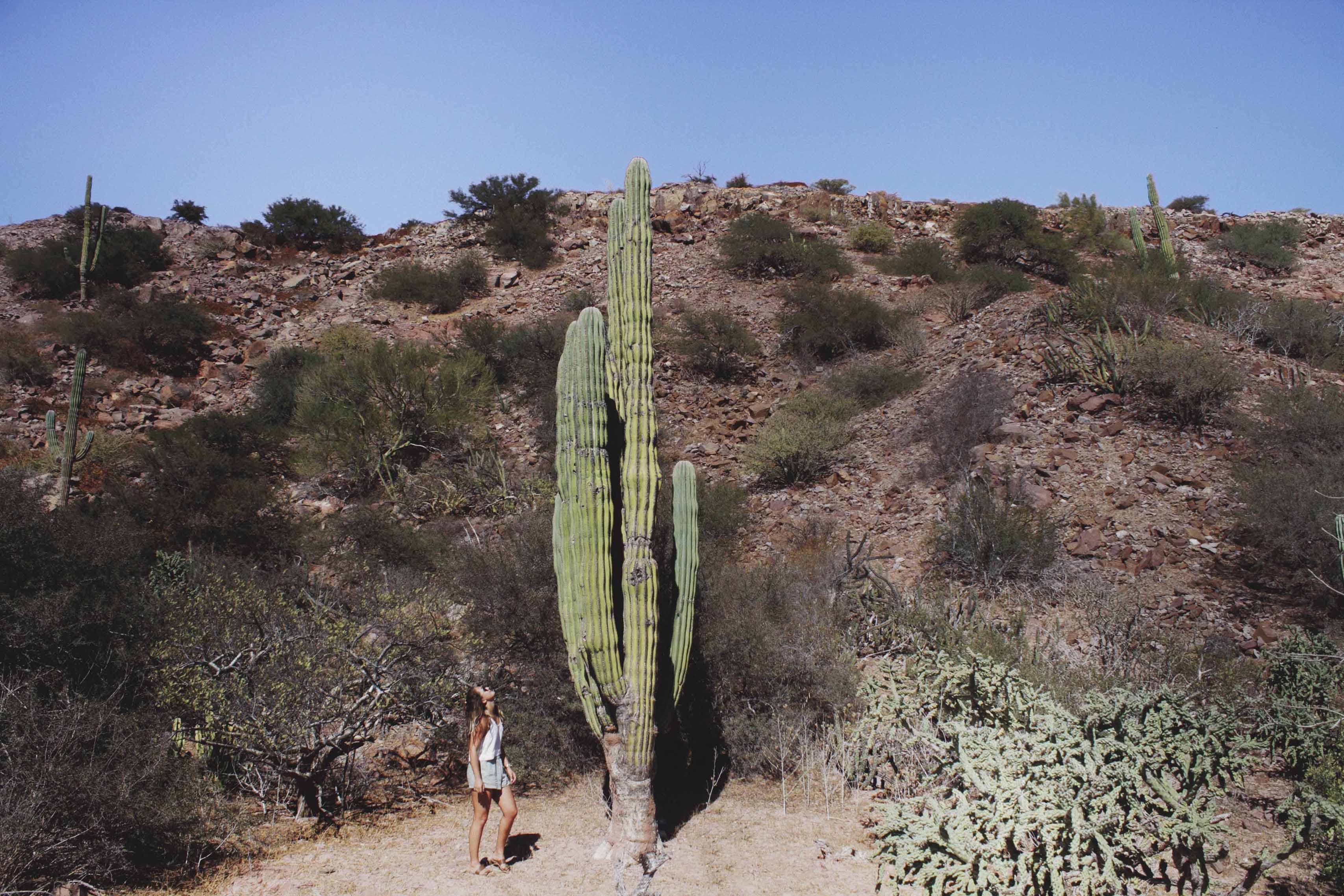
Photo by Mae Dorricot
The seascape was equally as unfamiliar to me, however I was very privileged to dive with some familiar old friends of mine, the Californian Sea Lions at a site called Los Islotes. Having worked with 5 relocated Californian Sea Lions in my previous job, I absolutely cherished the opportunity to get in the water with their wild cousins. We excitedly put our gear together and rolled off the boat. We followed a rocky wall underwater, and I struggled not to crash into the rocks as I looked around frantically for the acrobatic sea lions. Then, out of the blue came a brown blur as a young sea lion zoomed past. He stopped, looking curiously at the cameras facing him, and then approached each of us to investigate our shiny housings. We spent an hour underwater with these amazing creatures, and Mae and myself cannot thank Mike Greenfelder (the amazing undersea specialist/naturalist) and Lindblad enough for allowing us to dive that site.

Photo by Melinda Brown
The excitement continued that day as we spent the afternoon on a beach exploring the coast. Mae and myself were rewarded for our beach combing/cleaning efforts that afternoon by an unexpected surprise. As we walked we saw some familiar tracks.
‘Are those turtle tracks?’
‘No surely not, they are probably just hermit crabs’
‘But this looks like a nest?’
And then, as we continued our walk, we found a tiny hatchling, buried in the sand. It had tried to reach the ocean and failed, the sun drying it out and preserving it perfectly. We ran back to the rest of the group to show them, and even the naturalists were surprised. No one knew that Olive Ridley turtles nested on this beach, but apparently, they did! We spent hours photographing the rare little turtle, then enjoyed a delicious feast cooked up by the amazing Lindblad staff on the beach. It was complete magic.

Photo by Steve Morello
Our time ashore was always filled with activities, whether it was walking among the giant cacti and learning about the native flora and fauna, or jumping off massive sand dunes and tumbling down them, to spontaneously swimming in our clothes in the pacific ocean (mainly to wash the sand off of us after dune jumping). We were always kept busy and entertained. Mae and I were always learning, with constant talks from the naturalists about everything from ‘the green flash’ and how it works, to cetacean biology, to how the sand dunes move. We learnt it all. But the best part of the trip was, of course, the whales.
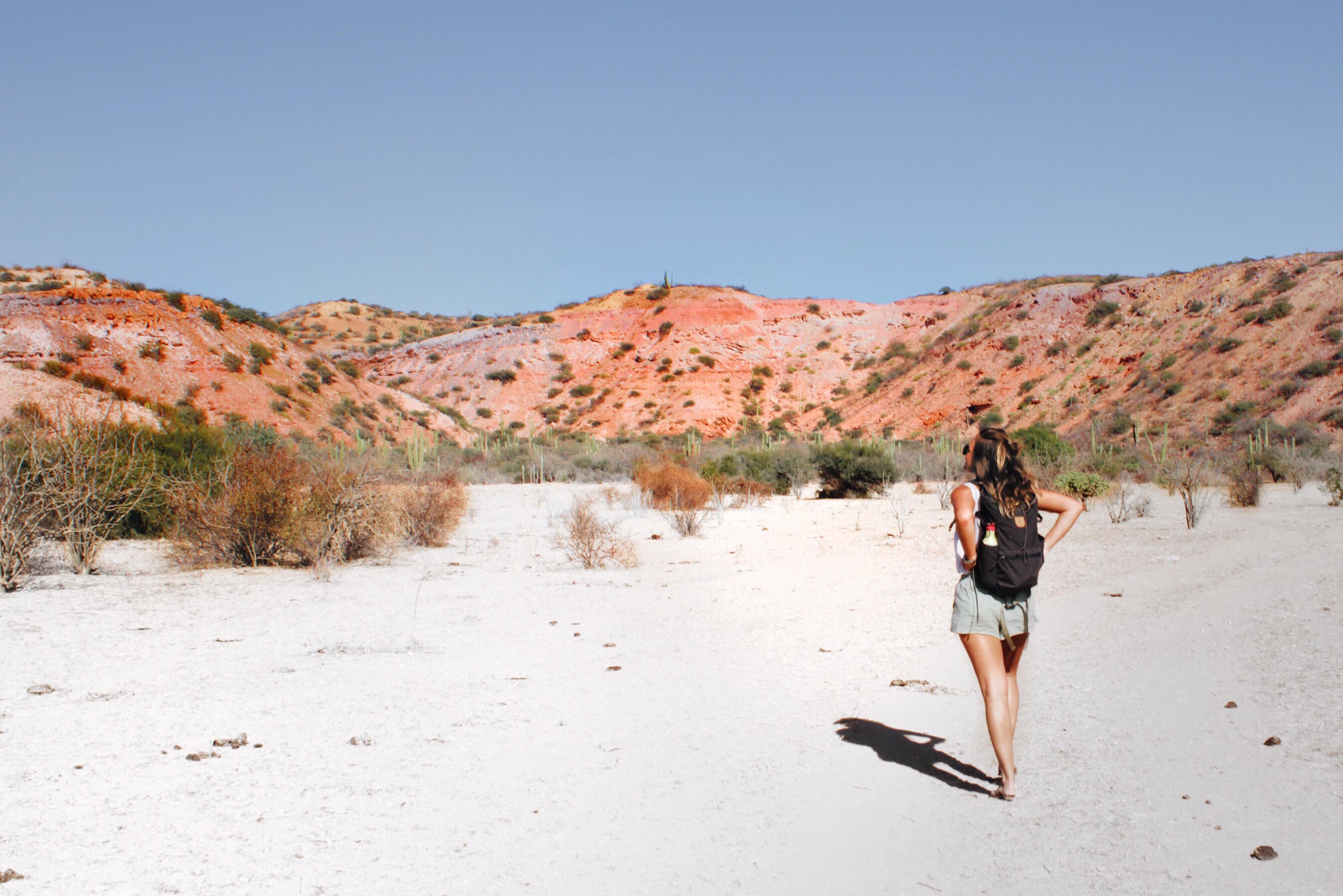
Photo by Mae Dorricott
For those that don’t know the history of these lagoons, it is a very interesting story. The locals talk about the ‘friendly’ whales, the ocean giants that had a culture that involved giving birth in the lagoons on the Baja coastline. The mother whales would then present their offspring to the boats to allow the long limbed humans to reach over and pat them. Then, as most history stories go regarding whales, European men decided to exploit them. So, the whaling period began, and it was easy and quick, because the inquisitive whales swam straight up to the boats and their harpoons with their babies. They were hunted to what was assumed to be extinction, and the whaling boats stopped going to the lagoons. However, after many years of being left alone, the population began to recover. There were accounts of the whales being aggressive, sinking boats, attacking men. It was as if they remembered the horrific acts committed against their families, but if they did we will never know. Then slowly, they began to resume their culture of approaching the boats, and a more sustainable tourism industry was introduced, one that protected them and respected them.
For me, reading about the ‘culture’ of these animals over the last few years was fascinating. Culture is a word that is never used lightly when it comes to animals. To anthropomorphise a creature is almost a sin within the world of ethology. But, it is hard to deny that the way these whales behave is anything less. Our first day out in the lagoon was nothing short of spectacular. Everyone jumped into the DIB’s (Demaree Inflatable Boats), and we drove out into the lagoon with the help of local guides, in search of a ‘friendly’. There were whales everywhere we looked. Cries of surprise and elation filled the air as we hung over the side to get closer to passing dolphins and whales, however we didn’t find any that wanted to initiate contact with us. We returned to the boat for a quick break, then went back out. And that’s when we found Olivia.
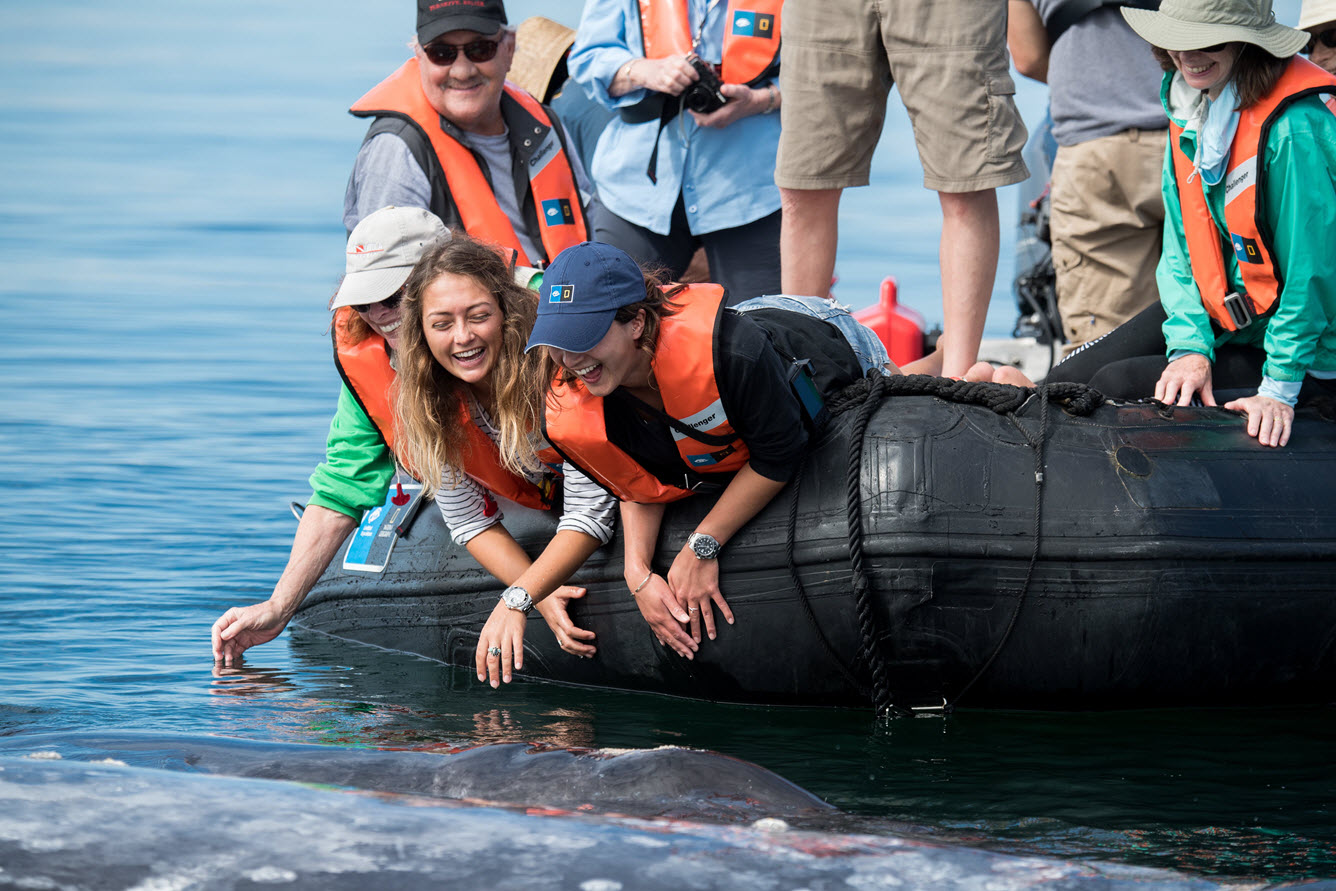
Photo by Steve Morello
Olivia is a well-known Gray whale that has had many calfs, and is known amongst the locals for her calm nature. We heard she was further down the lagoon, so we raced down to see her. As we approached we could see a boat floating quietly with a huge grey lump pushed up next to them. Olivia was floating on the surface, eyes shut, completely at ease, while the awkward humans in the boat stroked her head. Her calf sat off to her side, quietly resting. The boat with her indicated we could move in to touch her as they moved out. Our local guide expertly drove the boat up next to her, and a hush fell over everyone. We quietly reached down to touch her. She was a little bit too far away. We couldn’t reach. And then, as if she sensed our desperation for contact, she lifted her beautiful head up into our waiting arms. We all had a moment with Olivia, and then moved away for another boat so we didn’t crowd her. We watched from a distance as everyone else experienced the incredible phenomenon of the ‘friendly whales’. We were able to move up next to Olivia a second time, and this time Mae and I were determined to kiss her. So, we took turns holding each others legs and life vests, and dangled ourselves over the side to get closer to Olivia. We both successfully gave Olivia some slobbery kisses on her salty head. Nothing will ever beat my first kiss with a whale.

Photo by James Biscardi
The next day we found Olivia again, but this time her calf stole the show. We were told that the babies name was Kiera, named after our local guides daughter. Kiera wasn’t sleepy this time, she was awake and rambunctious. While Olivia sat with her nose pressed against the boats, Kiera swam around testing her strength. She pushed the boats wherever she pleased, and rolled around next to them to have her tummy stroked. She opened her mouth and let us touch her baleen and her tongue. We obliged her every request.
‘Here’s my flipper’, we would all reach down to hold it.
‘Here’s my tail’, we would all move back to avoid the splash.
The inquisitive young calf was very interested in us humans. I hope that she remains that way, and when she returns to that lagoon to give birth, rewards the people in the boats with the same incredible experience I had.

Photo by Melinda Brown
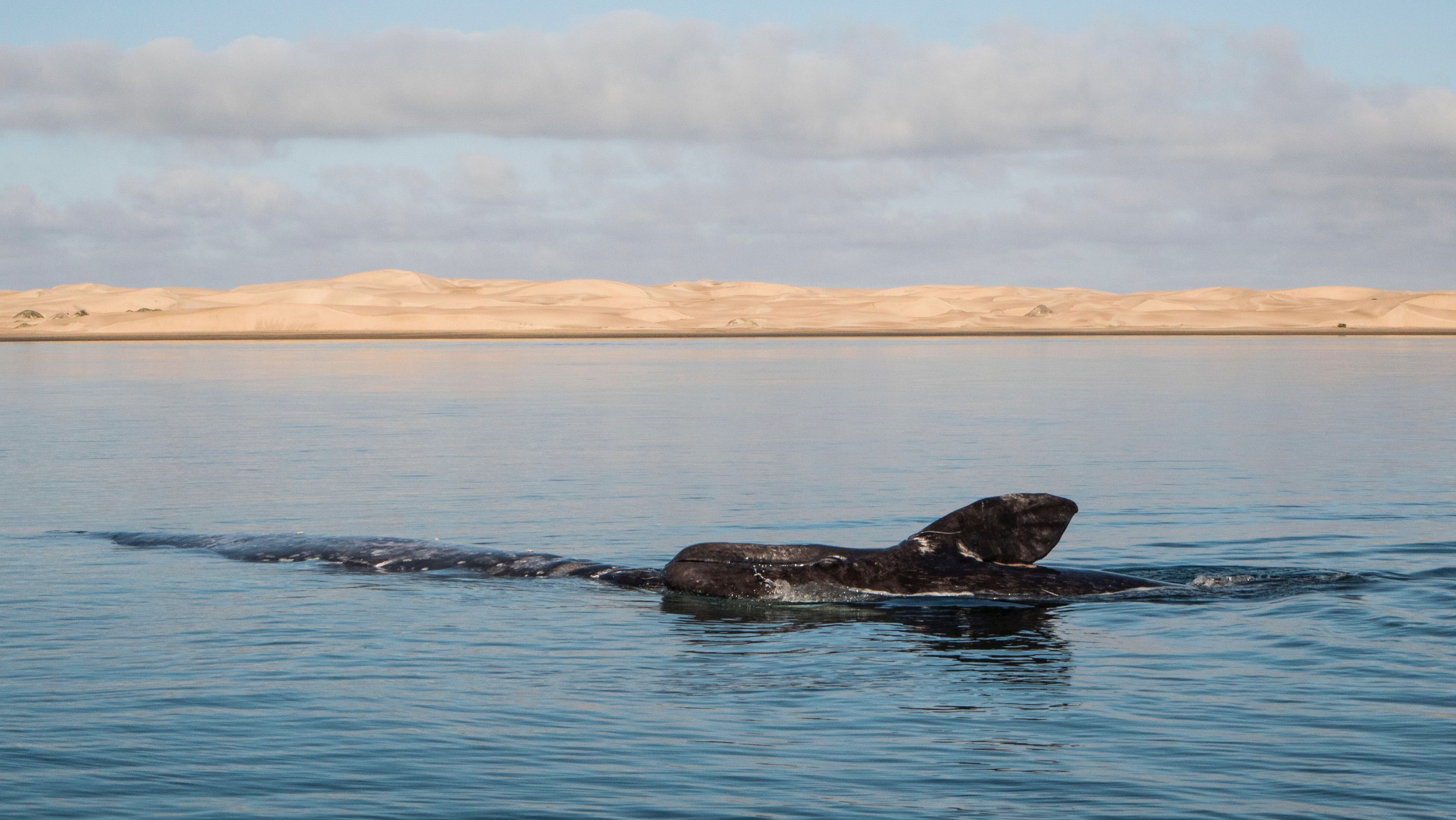
Photo by Melinda Brown
This trip was more then I could have ever dreamed of, and I cannot thank Lindblad enough for being such a fantastic and accommodating company. Words honestly cannot describe the incredible time I had on the National Geographic Sea Lion, and we saw so much in a week that I simply cannot fit it all into one blog post. From orcas to whales, dolphins to seals, giant cacti to blue footed booby’s, it was all magic. Thank you, thank you, thank you, to the phenomenal staff and crew that made this trip such a life changing experience!!
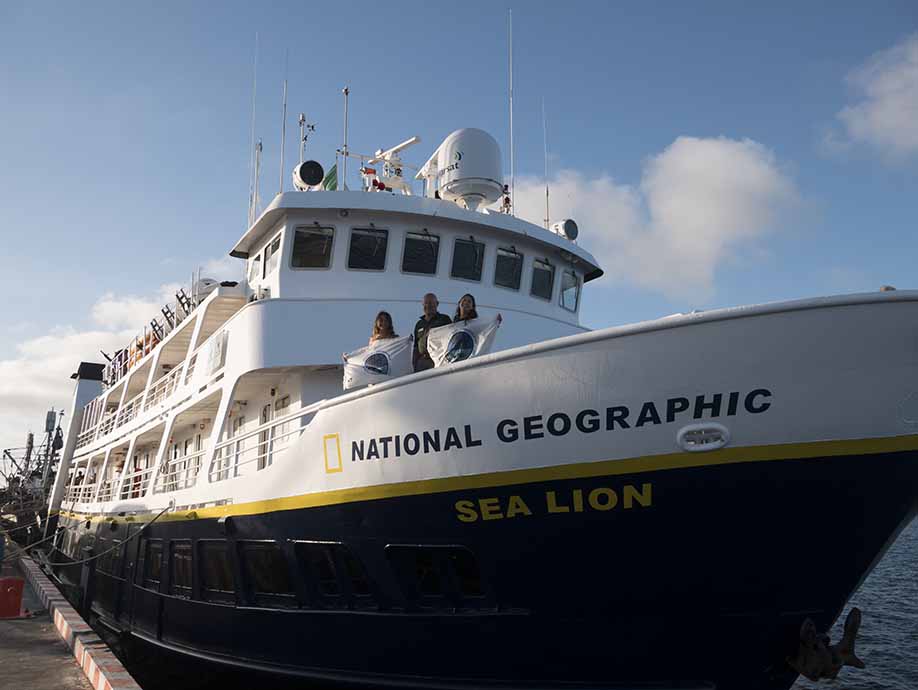
Photo by James Biscardi